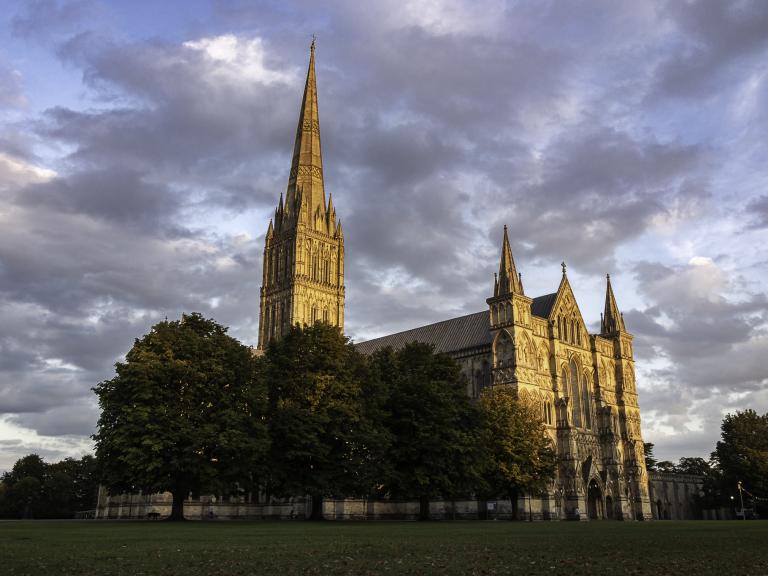The journey through Salisbury’s archaeology moves into the medieval city where it will remain for much of the year. This small contribution, in 2005, involved test pitting to evaluate the archaeological potential of land located at the rear of properties in Endless Street, one of the principal medieval thoroughfares through the city. Test pits form an invaluable part of the archaeological armoury by which to assess the archaeological potential and detail of a specific area.
Wessex Archaeology dug three 2m by 2m test pits which were all located close to the rear boundaries of tenements, which fronted onto the street. These ‘back-land’ locations have sadly received less attention than the street frontages, where the possibility of finding house foundations can be more attractive. However, understanding the development and use of back gardens, changes to the construction and alignment of property boundaries, presence of outhouses, cess pits and wells are of equal importance to reconstructing the development of the city, the people who lived there and the objects that they discarded. These properties were also defined by a branch of Hussy’s ditch, which as we saw at Belle Vue House, has been difficult to locate and excavate.
Test Pit 3 proved to be the most productive. It revealed a series of wall foundations, including two parallel foundations that may have formed a back alley, which intersected with foundations of a tenement property boundary. These wall lines were all constructed using chalk or flints and were probably of medieval or early post medieval date. One foundation was rebuilt using bricks, therefore perpetuating the line of the property boundary into more recent times.
These discoveries add to the fine detail of the city. They demonstrate their full potential when they are compared and incorporated with similar boundaries that have been recorded in other excavations. Many of these boundaries relate closely to property boundaries that were established in the original medieval lay out of the city and persist to the present day, but others have been lost, obliterated by residential or industrial infill in more recent times.
